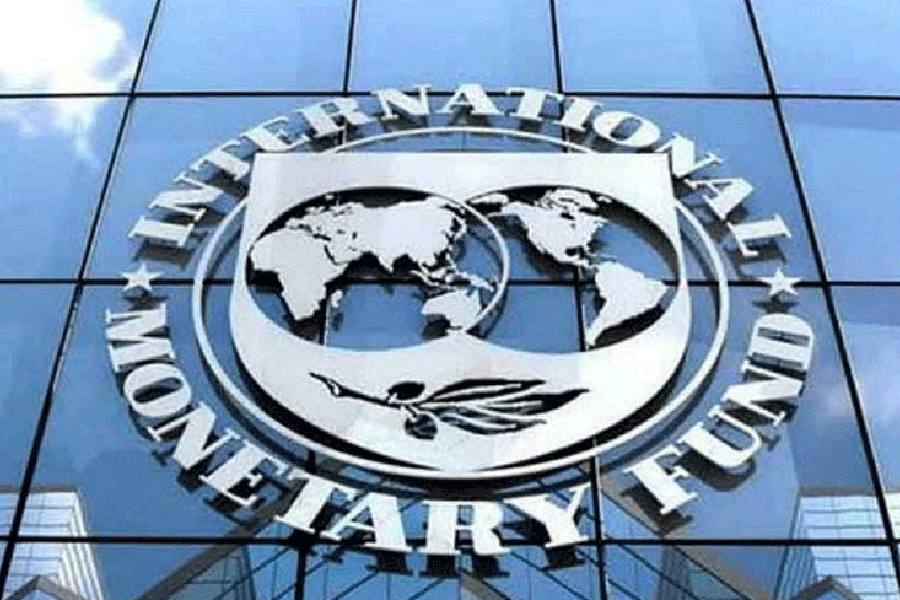The International Monetary Fund has characterized the Reserve Bank of India’s recent interventions in the foreign exchange market to prop up a floundering rupee as excessive, prompting it to re-classify India’s de facto exchange rate regime as a “stabilized arrangement” from “floating”.
The issue snowballed into a kerfuffle between the two sides during a recent Article IV review of the country’s policies.
Under Article IV of the IMF’s Articles of Agreement, it holds bilateral discussions with members, usually every year. A staff team visits the country, collects economic and financial information and discusses with officials the country’s economic developments and policies and subsequently prepares a report which later forms the basis for discussion by its executive board.
The RBI has consistently maintained that it intervenes in the forex market only to curb exchange rate volatility.
The IMF, however, chose to rely on the monthly statistics released by the Indian central bank itself on exchange market interventions to refute the RBI’s claim. It said that the RBI “has been using foreign exchange intervention to cushion the impact of external shocks, smooth market volatility, preclude emergence of disorderly market conditions, and opportunistically replenish its foreign exchange reserves.”
“However, during December 2022-October 2023, the rupee-US dollar exchange rate moved within a very narrow range, suggesting that foreign exchange intervention (FXI) likely exceeded levels necessary to address disorderly market conditions,” the IMF said in a note after the talks.
The IMF said such interventions may be appropriate when a country’s exchange market is shallow. But India, it said, had a deep forex market with relatively stable uncovered interest parity (UIP) premium, high forex market turnover and a narrow bid-ask spread.
The IMF etched two scenarios to understand how FXI would play out in India. Scenario 1 assumed supply side shocks from global trade fragmentation or a wider geopolitical conflict without a risk-off shock. In such a scenario, exchange rate flexibility would “help absorb the shock” but there would be “no additional benefit of FXI to mitigate the output-inflation tradeoff.”
Scenario 2 assumes a severe risk-off shock due to global financial market turbulence, inducing a domestic risk premium. In this situation, FXI would “limit excessive rupee depreciation and absorb the pressure from monetary policy tightening to contain inflation”.
But there was a flipside in that it would help “soften an adverse impact on domestic demand, thereby reducing the decline in output.”
“In some cases, having a meaningful impact on the exchange rate may require the use of large amounts of reserves, making FXI costly, and infeasible if reserves are limited,” it added.
The RBI, however, argued that the IMF’s reclassification of the de facto exchange rate regime to “stabilized arrangement” was unjustified.
It said that the IMF had used the data selectively, preferring to base its argument on just six to eight months of date. The RBI officials claimed that if the IMF had used a longer term view of two to five years, its assessment would fail.
According to Bloomberg Economics, the RBI is estimated to have intervened to the extent of $78 billion between December 2022 and October 2023. India’s forex reserves are now close to $607 billion compared with a record high of $624 billion in 2021.
A forex dealer said that IMF’s observations is unlikely to have any impact either on dollar flows or result in a change in the RBI’s intervention strategy. The rupee closed at 83.18 against the US dollar. It had settled at 82.61 on the last trading day of December 2022.










